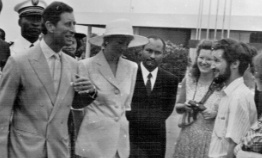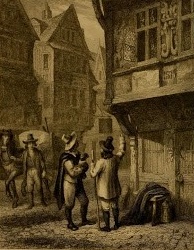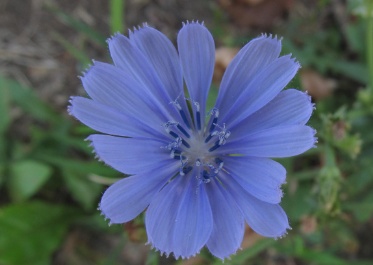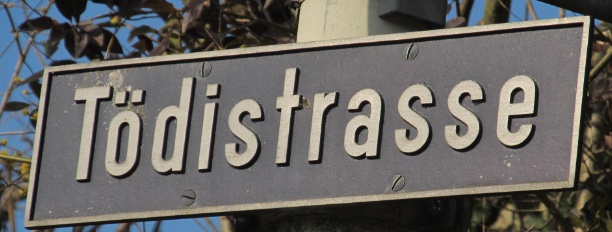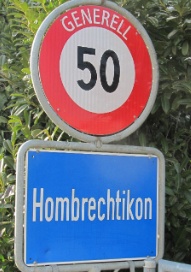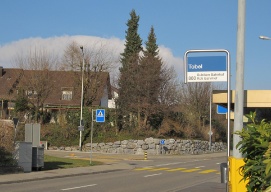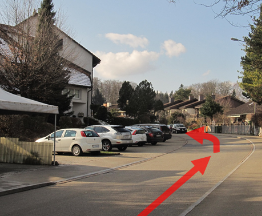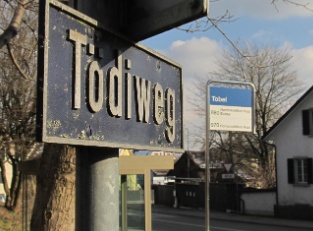Tolobana – or more accurately tólóbana – is a Lingala word which means “let’s talk to one another”.
I chose this name for my website for several good reasons.
Firstly, it says something about what I have done. For more than twenty years I lived and worked in central Africa, for most of that time in the two neighbouring countries which share the name Congo. And among the many languages spoken there, there’s one particularly charming language – Lingala – which is widely spoken. I am fluent in Lingala and love to speak it whenever I get the chance.
Secondly, the word tólóbana – let’s talk to one another – sums up what language is about for me. My aim is to communicate well and to help other people to communicate well too. Ever since I came back to Europe in 2010 I have been teaching English – not as an academic subject, or a means to gaining a certificate, but as a means of communication. For me, there’s no point investing time and money in learning another language if in the end you can’t use it to communicate with other people, whether for business or pleasure.
And thirdly, tólóbana seems to me to say so much in so little space. The word has just seven letters and, yes, those ‘accents’ on the first two vowels do have a specific meaning: you pronounce those vowels at a higher pitch. In that one seven-letter word you can say what it takes five words to say in French (parlons les uns aux autres) or six in English (let’s talk to one another). Each language has its own amazing character traits – so let’s use those characteristics to communicate elegantly, concisely and with joy. Top
The Lingala language
Lingala is a so-called “trade language”. That means that it’s not primarily the mother-tongue of any one ethnic community, but it’s used in many situations where people from different ethnic groups communicate with one another. So you’ll hear it in the street, on the market, on public transport, in churches, in military camps and so on across wide stretches of the Congo-Kinshasa, Congo-Brazzaville and sometimes across the border into neighbouring countries too. It belongs to the wider family known as Bantu languages, but has become considerably easier to learn than most other languages of the area. Since the 1960s it has become firmly established as the language of the Kinshasa music scene. Top
Acknowledgements
The Union Jack graphic which appears on this website was created by my daughter, Chantal Phillips.
Front page story
Look back to 1665: the Plague Year
Contact
If you’re interested in English lessons or translation and checking services, please feel free to contact me in the language of your choice - English, French, German or even Lingala!
Here are my details:
Here are my details:
Mobile
078 609 56 51
+41 78 609 56 51
+41 78 609 56 51
Location
Tödistrasse 9, 8634 Hombrechtikon
(New address from 24th March 2018)
(New address from 24th March 2018)
If you are travelling from Rüti / Wolfhausen, drive past the Hombrechtikon place-name sign for about 300 metres and turn right into Tödistrasse, just before the Tobel bus stop.
Approaching from Hombrechtikon
If you are approaching from the centre of Hombrechtikon, follow the signs to Rüti. At the Tobel junction (the Methodist Church is on the left) turn left. Tödistrasse is the next turning on the left, just past the Tobel bus stop.
The entrance to our new flat is about 100 metres from the junction with Rütistrasse, on the left-hand side of the road.
The house number is number 9 and we are on the first floor.
There are a few visitor’s parking bays a short distance beyond the entrance, on the left.
There are a few visitor’s parking bays a short distance beyond the entrance, on the left.
Arriving by bus
If you arrive by bus from Bubikon, get off the bus at Tobel and follow Tödiweg until you get to Tödistrasse. Our house is on the right.


